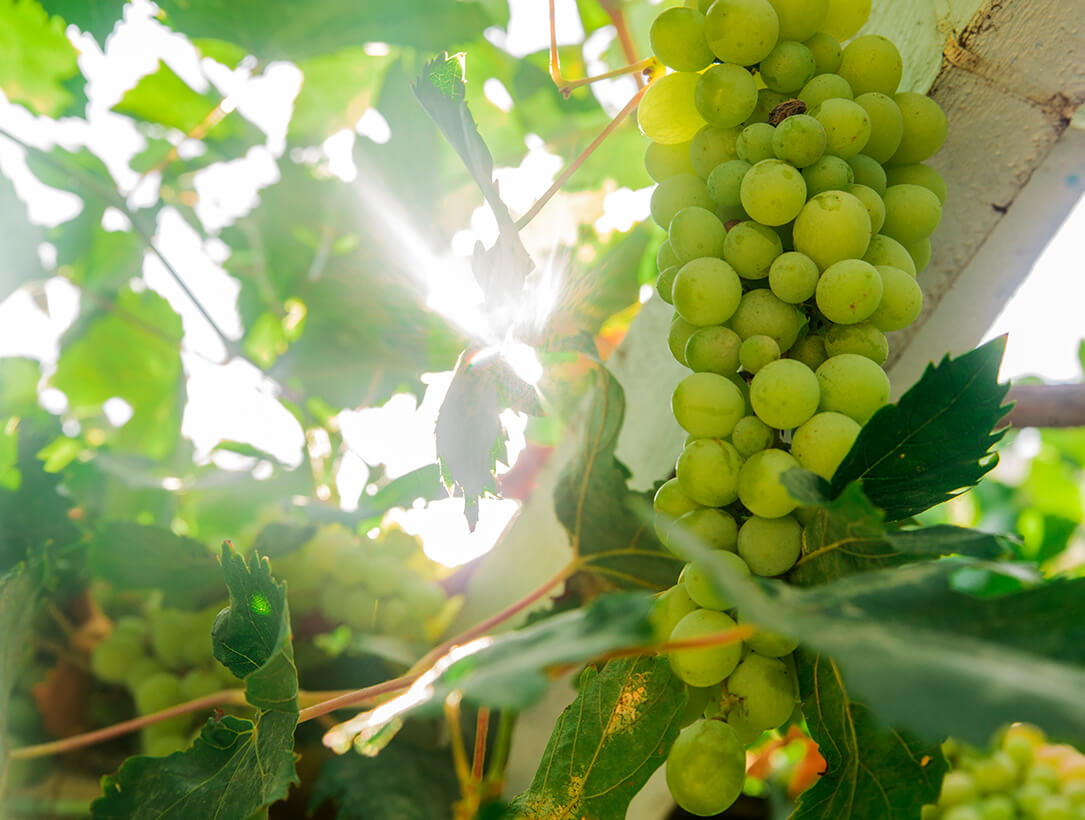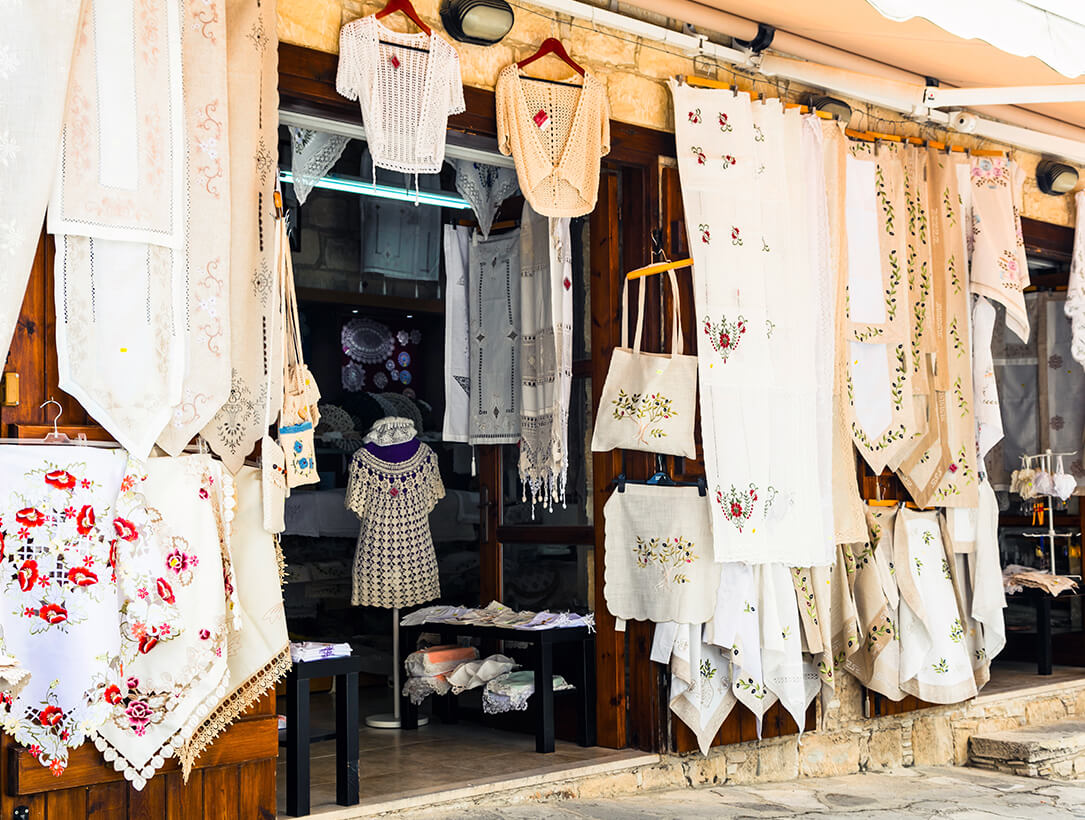21
November
2018
21
November
2018

Cyprus has a longstanding tradition of winemaking, and produces a wide variety of wines ranging from the ancient sweet-tasting Commandaria, to more well-known global varieties, including Chardonnay, Cabernet Sauvignon, and Shiraz. While the island’s wine industry has been thoroughly modernized and greatly expanded, there are still many villages that produce wine in the old traditional ways, and these make for a fun day of exploring.
The most popular of these wine-routes is the one that follows the Limassol Winemaking Villages, or ‘Krasochoria,’ boasting the highest concentration of wineries on the island. The route takes travelers through approximately 20 Limassol villages with 16 wineries among them, all of which are renowned for their deep-rooted history of viticulture, as well as their excellent local wines and the beautiful scenery that surrounds them. What makes these villages especially fruitful is the dry climate, as well as their unique geology that is favorable for the local grape varieties they produce. These include Xynisteri (white) and Mavro (red), as well as certain imported varieties, including Cabernet Sauvignon, Mataro, Grenache, and Syrah.
There are a great many highlights that are worth stopping for in each of the villages. Pachna, for instance, will take visitors on a trip back in time with its traditional homes built with limestone blocks, nestled amid the vines and carob trees. In the village of Malia, visitors can also sample Zivania, a local spirit distilled from grape must. In Vasa village, one of the island’s major wine producing villages, visitors will notice that many homes still display their large, clay wine jars (pitharia). The Vasa Winery is also worthy of a visit, housed in a beautifully restored stone building. Further along the route, travelers will reach Omodos, the Cyprus Wine Village Capital. This picturesque village is perfect for wandering through the quaint streets, discovering the medieval wine press, called ‘Linos,’ the handmade lace made by local women, and sampling the delicious specialty ‘arkatena’ bread, made with fermented chickpeas. A similar medieval wine press is also on display in the mountain village of Lania, where its well-preserved narrow cobbled streets allow visitors to peer into beautifully restored traditional homes with large courtyards. Finally, the itinerary is rounded up with a stop at the Cyprus Wine Museum in Erimi for a comprehensive look at how the island’s winemaking tradition went from its humble beginnings to the powerhouse that it is today.

Images sourced from freepik.com